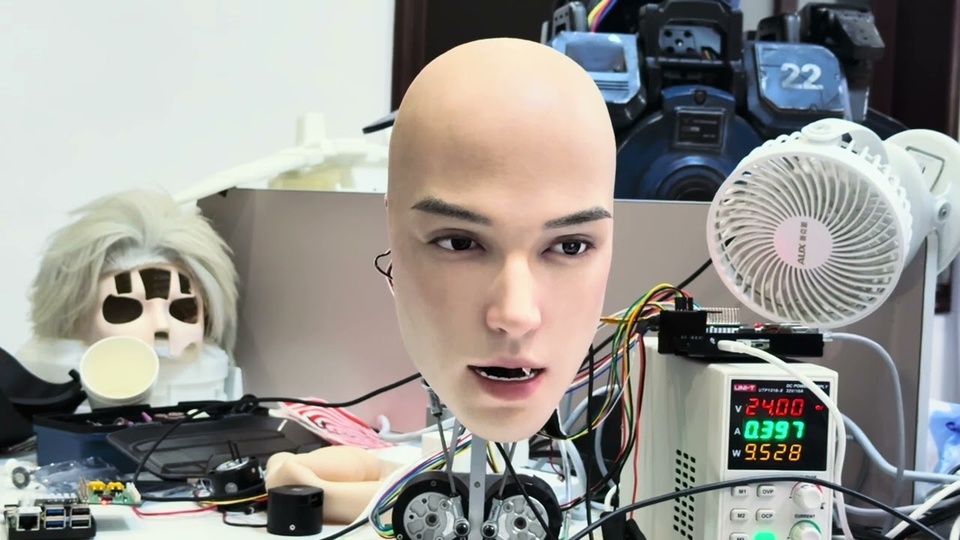 |
The robot head is making viewers feel uncomfortable. Photo: Aheadform . |
A newly unveiled hyper-realistic robot head has reignited the debate about the “uncanny valley.” As advanced humanoid machines like Optimus (Tesla), Figure 02, and G1 (Unitree) continue to improve, the line between technology and human discomfort is being pushed back.
The product of the Chinese company Aheadform, called Origin M1, is a robotic head that can blink, nod and reproduce facial expressions so realistically that it makes viewers feel uneasy. The video of Origin M1 has gone viral in the past week, attracting more than 400,000 views, and has been described by the public as "too real" and "creepy".
"The way this robot blinks and follows my gaze reminds me of a warning: the downfall will come quietly, not with weapons, but with machine faces that seem more real than human. It's creepy," one viewer commented.
This phenomenon is known in psychology as the “uncanny valley.” This is the tipping point where a robot’s realism shifts from interesting to terrifying. The concept, proposed by Japanese roboticist Masahiro Mori in 1970, describes the decline in comfort as a machine approaches human realism, but is still not quite there.
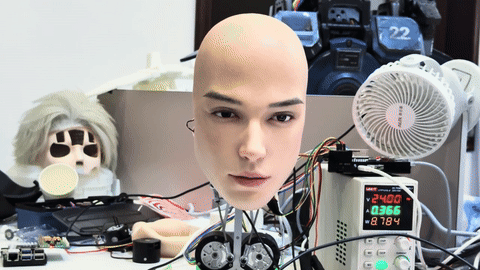 |
The Origin M1 robot head gives viewers an uncomfortable, creepy feeling. Photo: Aheadform. |
The core question for the industry is: Where should the limit of "humanity" of robots stop? While humanoid robots are becoming more and more modern, typically Optimus (Tesla) can pour drinks, or Helix (Figure AI) demonstrates the ability to fold clothes - the public's discomfort with these machines is also increasing.
A study from the University of Castilla-La Mancha (Spain) in May examined the impact of human-like design on trust in Bellabot, a cat-shaped delivery robot used in European restaurants. The study focused on moderately anthropomorphizing the robot, through simple facial animations and limited speech.
The study found that “when robots are anthropomorphized, consumers tend to evaluate them more positively.” Humanization not only boosts trust, but also significantly increases customer intention to use, comfort, and satisfaction.
However, survey data also shows that too much realism can have the opposite effect. Bellabot has struck the right balance: friendly but not too lifelike. This balance makes huge commercial sense.
In conclusion, the researchers concluded that the success of future humanoid robots will depend less on how human-like they are, and more on how carefully they avoid the line of being "too human-like."
Source: https://znews.vn/robot-cang-giong-nguoi-cang-dang-so-post1593691.html


![[Photo] Conference of the Government Party Committee Standing Committee and the National Assembly Party Committee Standing Committee on the 10th Session, 15th National Assembly](https://vphoto.vietnam.vn/thumb/1200x675/vietnam/resource/IMAGE/2025/10/15/1760543205375_dsc-7128-jpg.webp)


![[Photo] General Secretary To Lam attends the 18th Hanoi Party Congress, term 2025-2030](https://vphoto.vietnam.vn/thumb/1200x675/vietnam/resource/IMAGE/2025/10/16/1760581023342_cover-0367-jpg.webp)






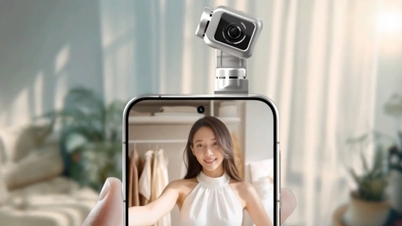






















![[Video] TripAdvisor honors many famous attractions of Ninh Binh](https://vphoto.vietnam.vn/thumb/402x226/vietnam/resource/IMAGE/2025/10/16/1760574721908_vinh-danh-ninh-binh-7368-jpg.webp)










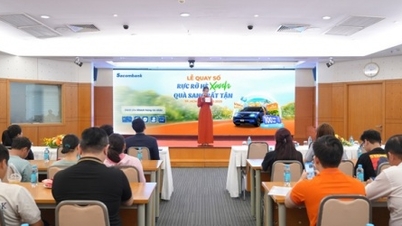






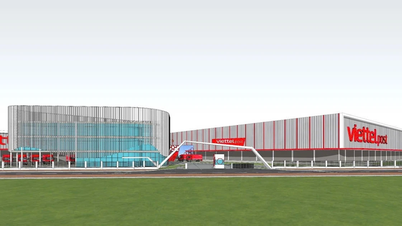
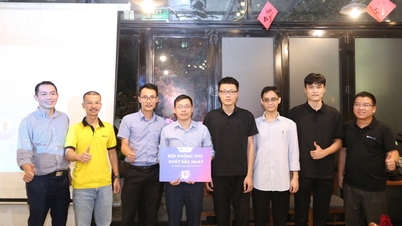









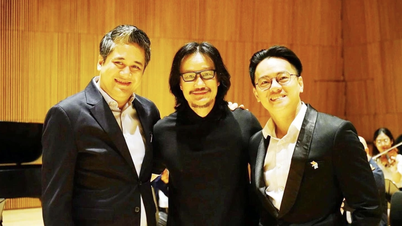



















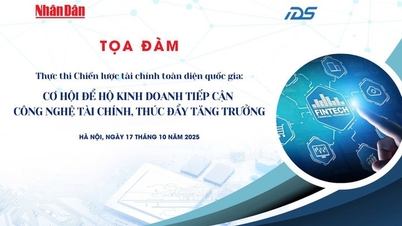
















Comment (0)